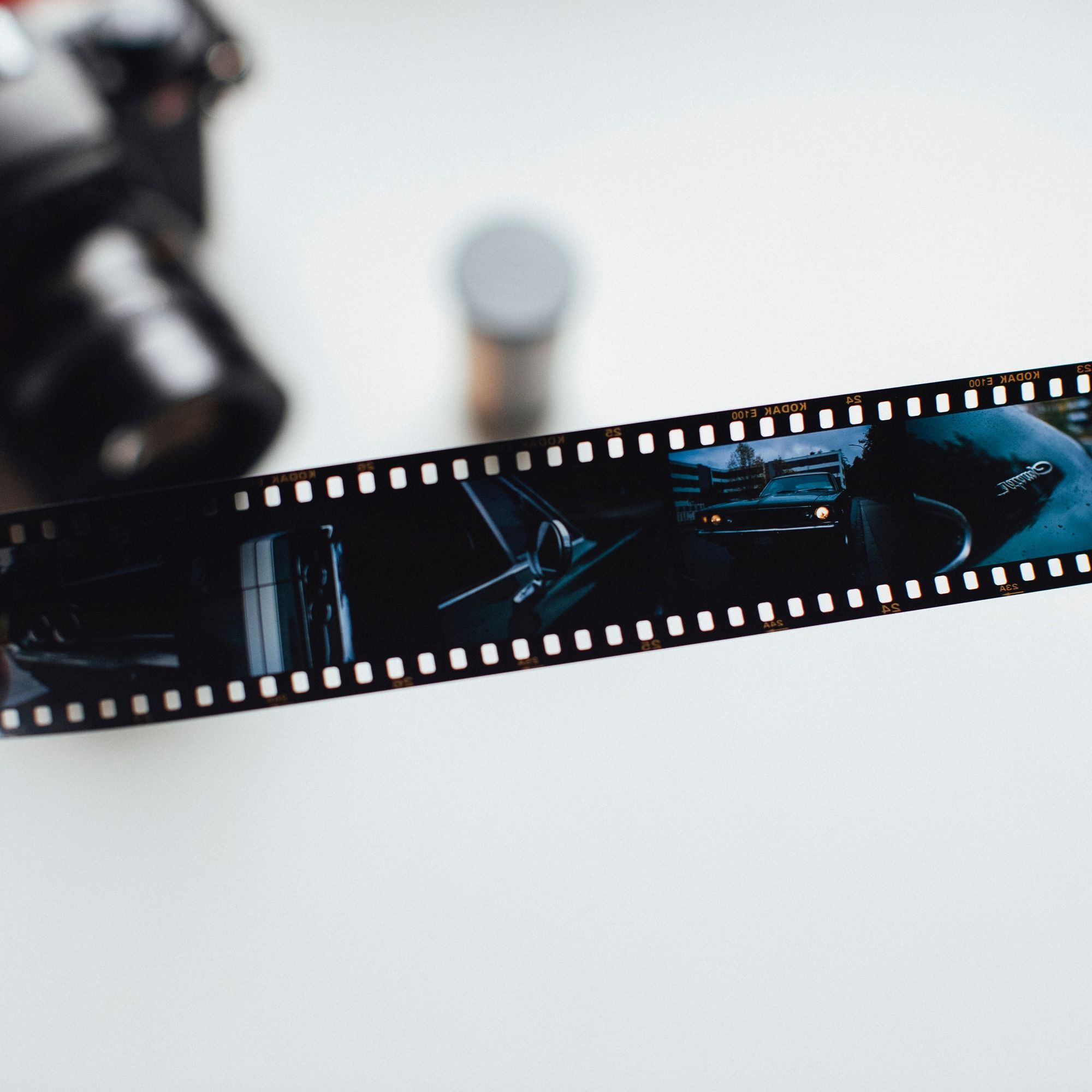

- #SUPER 35 VS FULL FRAME BOKEH MOVIE#
- #SUPER 35 VS FULL FRAME BOKEH 1080P#
- #SUPER 35 VS FULL FRAME BOKEH PROFESSIONAL#
The trend changes once more, and now the masses are armed with Full Frame video cameras, producing incredible stuff. However, Full Frame video in DSLR-sized cameras would become a trend in the years to come.įast forward a few years, and we got the Sony A7S2, another photo-sized camera capable of producing beautiful Full Frame video in 4K. Keep in mind that it was essentially a photo camera. It caused many to question their assumptions about what a capable video camera should be.

That was a significant deal because it was a Full Frame photographic camera.
#SUPER 35 VS FULL FRAME BOKEH 1080P#
The Fusion of both the sensors!Ĭanon introduced the 5D Mark II in 2008, which was capable of shooting 1920 x 1080p video using the complete image area. Things started to get intriguing in the area of Full Frame video capture very recently, to say the least. That was the case for decades, and even after the digital revolution, video cameras continue to shoot video at the super 35mm image size, as they did in the past. But I just want you to know that that is the entire foundation of this Full Frame debate. Primarily, this newer, larger format has a significant impact on lens selection. So, with that long-winded history out of the way, Full Frame cinematography is cinematography shot at Full Frame picture size, which is one slide of 35mm still film, significantly larger than the current video standard, Super 35. Today, just like photography, we have digital cinema cameras that capture video in the Super 35mm image size, just like their predecessors.
#SUPER 35 VS FULL FRAME BOKEH MOVIE#
Then, over time, the movie camera sector is swept by the same digital onslaught. All you need to know is that this was the motion picture industry’s standard for rolling film. This spawned the Super 35 motion picture film format, which is based on 35mm still film but is smaller. Meanwhile, cinematographers in the motion picture industry got their hands on 35mm still film, but they intended to roll it vertically via a reel. This is why the Full Frame format has been the industry standard for decades, even during the transition from film to digital.
#SUPER 35 VS FULL FRAME BOKEH PROFESSIONAL#
So please bear with me.Īnyway, the first thing you should know is that the term full frame refers to one slide of 35mm still film, and today, much more commonly, a professional photo camera takes a picture on a Full Frame sensor, which means it takes a picture on a digital sensor with the same area as one slide of a still film. Okay, so this is a simple and basic course on what Full Frame cinematography is, and I’ll start with some history and then circle back to describe what it is. Full Frame Vs Super 35 History of Full Frame I’d like to talk about how we got up with a range of Full Frame video cameras on the market today, and ultimately, I’d like to help you decide if Full Frame cinematography is a tool that you should use in your cinematic approach. In this article, I want to take the time to explain and put some light on the difference between a Full Frame sensor and a Super 35 sensor. Hey, what’s going on, everybody? It’s Us! Filmmaking Elements is your go-to filmmaking blog.


 0 kommentar(er)
0 kommentar(er)
